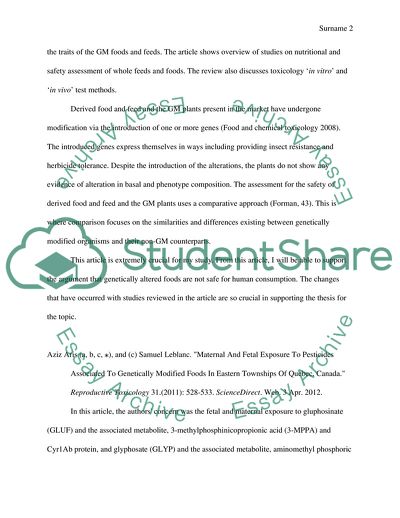Cite this document
(Genetically Altered Food Annotated Bibliography Example | Topics and Well Written Essays - 1500 words - 3, n.d.)
Genetically Altered Food Annotated Bibliography Example | Topics and Well Written Essays - 1500 words - 3. https://studentshare.org/health-sciences-medicine/1770809-annotated-bibliography
Genetically Altered Food Annotated Bibliography Example | Topics and Well Written Essays - 1500 words - 3. https://studentshare.org/health-sciences-medicine/1770809-annotated-bibliography
(Genetically Altered Food Annotated Bibliography Example | Topics and Well Written Essays - 1500 Words - 3)
Genetically Altered Food Annotated Bibliography Example | Topics and Well Written Essays - 1500 Words - 3. https://studentshare.org/health-sciences-medicine/1770809-annotated-bibliography.
Genetically Altered Food Annotated Bibliography Example | Topics and Well Written Essays - 1500 Words - 3. https://studentshare.org/health-sciences-medicine/1770809-annotated-bibliography.
“Genetically Altered Food Annotated Bibliography Example | Topics and Well Written Essays - 1500 Words - 3”. https://studentshare.org/health-sciences-medicine/1770809-annotated-bibliography.


